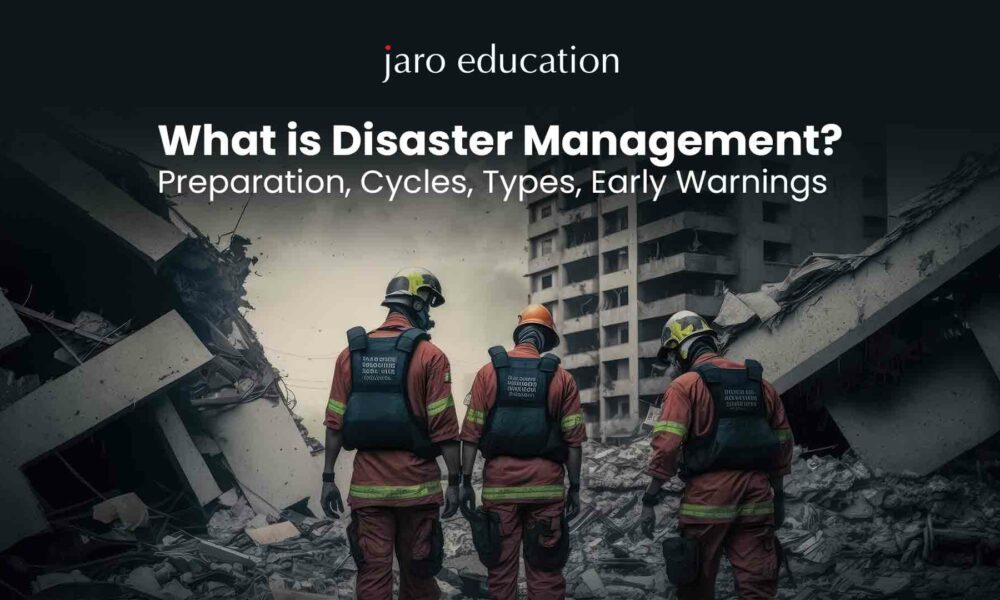Emergency Restoration: Your Comprehensive Guide to Quick and Effective Recovery

When disaster strikes, whether it’s a flood, fire, or storm, the aftermath can be overwhelming. The key to minimizing damage and ensuring a swift recovery lies in emergency restoration. This guide will walk you through the essential steps to restore your property and peace of mind quickly and effectively.
1. Understanding Emergency Restoration
What is Emergency Restoration?
Emergency restoration refers to the immediate and urgent response to restore and repair property damage caused by unexpected disasters. This can include water damage from floods, fire and smoke damage, mold infestations, or structural damage from storms. The goal is to mitigate further damage and begin the recovery process as soon as possible.
Why is Emergency Restoration Important?
Quick action is crucial in emergency situations to prevent secondary damage, such as mold growth or structural weakening. Emergency restoration services provide the expertise and resources needed to stabilize the situation, assess the damage, and begin the repair process promptly.
2. Key Steps in the Emergency Restoration Process
Initial Assessment and Safety
The first step in any emergency restoration process is to assess the extent of the damage while ensuring the safety of everyone involved. This may involve shutting off utilities, such as electricity or water, to prevent further harm. A professional restoration team will conduct a thorough inspection to determine the scope of work required.
Water Extraction and Drying
In cases of water damage, the priority is to remove any standing water and thoroughly dry the affected areas. Water extraction is performed using specialized equipment, followed by dehumidifiers and air movers to ensure complete drying. This step is critical to prevent mold growth and further damage to materials like drywall and flooring.
Smoke and Soot Removal
After a fire, smoke and soot can cause extensive damage to walls, ceilings, and personal belongings. The restoration team will clean and deodorize the affected areas using specialized equipment and techniques. This step is essential to remove hazardous residues and eliminate lingering odors.
Mold Remediation
Mold can begin to grow within 24-48 hours after water damage, making prompt action vital. Mold remediation involves containing the affected area, removing contaminated materials, and treating the space with antimicrobial solutions to prevent future growth.
Structural Repairs
Depending on the severity of the damage, structural repairs may be necessary. This can include rebuilding damaged walls, roofs, or foundations. The restoration team will work to restore the structural integrity of your property, ensuring it is safe and secure.
Contents Restoration
In addition to repairing the structure, emergency restoration also focuses on restoring personal belongings and valuable items. This can include furniture, electronics, documents, and sentimental items. Restoration professionals use various techniques to clean, repair, and restore these items to their pre-damage condition.
3. Choosing the Right Emergency Restoration Service
Experience and Expertise
When selecting an emergency restoration service, it’s essential to choose a company with experience and expertise in handling the specific type of damage you’ve encountered. Look for certifications, such as those from the Institute of Inspection, Cleaning, and Restoration Certification (IICRC), to ensure they meet industry standards.
24/7 Availability
Disasters can happen at any time, so it’s crucial to choose a restoration service that offers 24/7 emergency response. Quick action can significantly reduce the extent of damage and speed up the recovery process.
Comprehensive Services
A good restoration company should offer a wide range of services, from water extraction and drying to fire damage repair and mold remediation. This ensures they can handle all aspects of the restoration process without the need for multiple contractors.
4. Preparing for Future Emergencies
Emergency Plan
One of the best ways to protect your property is to have an emergency plan in place. This should include a list of emergency contacts, a plan for evacuation, and steps to take immediately after a disaster.
Regular Maintenance
Regular maintenance of your property can help prevent or minimize damage from disasters. This includes checking for leaks, maintaining fire alarms and sprinkler systems, and ensuring your property is in good repair.
Insurance Coverage
Ensure you have adequate insurance coverage for your property. Review your policy regularly to make sure it covers the types of disasters that could affect your area.
5. Conclusion: Recovering and Rebuilding
Emergency restoration is a critical process that can make the difference between a total loss and a successful recovery. By understanding the steps involved and choosing the right professionals, you can restore your property and return to normal life as quickly as possible. Remember, preparation is key, so take steps now to safeguard your property against future emergencies.





